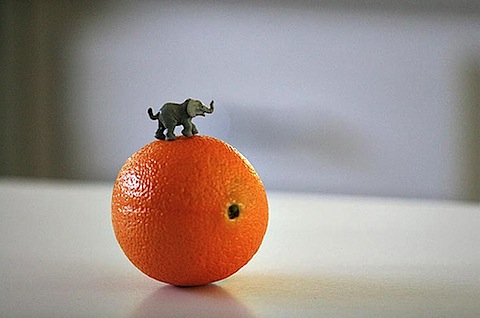Blissful & Balanced: Your Brain on Meditation

Neuroscientist Shanida Nataraja grew up in a family where meditation was a normal part of life, but as an adult research scientist she decided to look for hard proof that what her parents practiced worked.
What she found surprised her: "I really didn't expect to find that meditation plays such a role in optimising brain function and health, from cognitive abilities to cardiovascular wellbeing."
The benefits of meditation have been know for thousands of years and are obvious to anyone who practices regularly. The benefits are real, and can be felt. We don't need to know what the circuit board of a digital watch does to tell the time, we just read the numbers.
But having rebelled against meditation as a teenager, Shanida decided to scrutinize the experience of mindfulness with EEGs and galvanic skin response meters (which monitor the skin for evidence of emotional changes). Her findings suggest that the benefits of meditation are experienced due to whole brain integration.
"Generally speaking, the left hemisphere is associated with analytical, rational and logical processing, whereas the right hemisphere is associated with abstract thought, non-verbal awareness, visual-spatial perception and the expression and modulation of emotions. In the western world, most individuals navigate through their everyday life in a fashion dominated by left-brained thinking."
Missing out on right-brain activity results in too much thinking going on, and not enough feeling. Too much frantic doing, and not enough being...
In her book: The Blissful Brain: Neuroscience and Proof of the Power of Meditation, Shanida encourages people to set aside 15 minutes morning and evening to relax and focus on "being in the moment" and to carry that awareness with them throughout the day. Ideally every task can be an exercise in present moment awareness. Folding laundry, washing dishes, and walking are all examples of simple tasks that can be practiced as exercises in mindfulness.
But getting started in meditation can be tough. Sometimes our left-brain biased thinking wants immediate results and we struggle to calm our minds and be peaceful.
The key, says Nataraja, is to be kind to yourself, and not to take a punitive approach. "Acknowledging the thoughts and letting them go activates certain pathways in the brain, and those thoughts therefore have less significance than if you tried to forcibly replace or suppress them."
When we give our brain and senses a break from the bombardment of information they are usually subject too, we can withdraw into a place of restful awareness that reduces stress, enhances our mental resources and reduces the chance of cardiovascular illness. And that's a scientifically proven fact!
Story Source: The Guardian Newspaper 18th March 2008
Photo by Susanica
Related Resources:
- Yoga Meditations - Beyond the Clouds
- Mindfulness Meditation - Restful Awareness
- Yoga Meditation - Trataka
- Healing Energy Meditation
If you found this article interesting please share it - I appreciate your support.